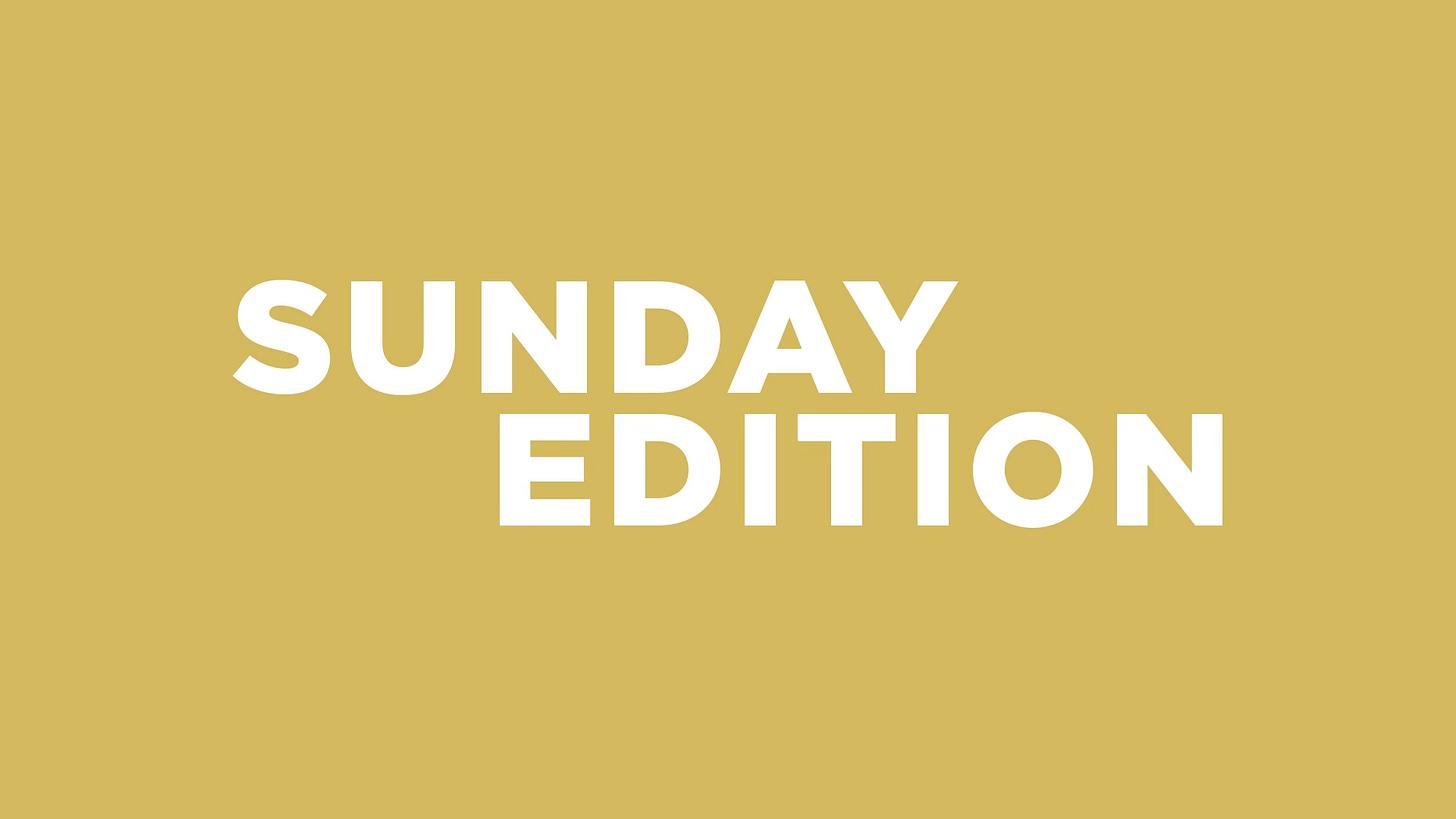Sunday Edition: Steve Dzerigian
PHOTOSNACK #412
Every Sunday, I contact photographers previously featured on PHOTOSNACK and ask them to send me their spontaneous thoughts, observations, reflections, or advice.
Today, I am sharing the message I received from Steve Dzerigian.
Steve Dzerigian
Since time is limited, it is important to discriminate among locations, events, motifs, scenes, and tools that resonate meaningfully with one's core.
We can't do everything. We must choose when, what, and how.
Sometimes, this takes much deliberation and soul searching; at others, it is discovered more spontaneously along the way. When there is a genuine connection with the subject, its form or content, or perhaps just the phenomenon of being, it can pass from the subject through the artist, the medium, and hopefully to the viewer. One's most natural way of working needs to be discovered and cultivated. Whether inductive reasoning or deductive reasoning methodology, whichever works most effectively.
Do we work best starting from a structured concept, a script, etc., first or the opposite?
In my case, by allowing myself to drift away from conscious deliberation or internal dialogue, the empirical and intuitive can be my primary guides when making images. Once enough finished examples reveal related content and form, more conscious decisions are integrated as I develop the series further, maintaining as much of the original spontaneity and openness as possible. Chance is an unpredictable companion that, when not resisted, offers alternatives that may be every bit as exciting as what we previously had in mind.
Hesitation and doubt are not allies in capturing the moment. I entertain them only when genuine, physical danger is imminent or when respect for the rights of others must override my desires. Obviously, these moments require good judgment on a case-by-case basis, but the rest of the time, it is more important to press the release button rather than not. When in doubt, I don’t hesitate. I do it now before the moment is lost.
Last but not least, trying new or challenging approaches is part of growth. I try to be as open as possible to in-process discoveries or new possibilities.
The "voices-in-your-head" theory of Jon Pearson Creative Learning Workshops helps clarify approaches and their pitfalls. Many folks stop paying attention to their imagination voice, which says, “Yes, try this, do it and see.” As young children, when we met with something around us, the imagination voice was active. We had to touch it, feel it, and experience it directly.
As adults, we know there are potential physical dangers to that approach, but in the area of creativity, there aren’t many real dangers. What’s the harm in trying to put clay on a potter’s wheel? What’s the harm in trying to take a photograph upside down? So it is most useful to listen to that imagination voice right from the beginning.
Steve Dzerigian was featured in PHOTOSNACK #367.
Sunday Editions connect you with photographers whose work you previously explored through PHOTOSNACK.
I want to reveal some authentic parts of the people behind the cameras.
I don't ask them any specific questions. I ask them to share whatever comes to mind when they think about YOU, the newsletter readers.
It makes their responses genuine and personal.
I hope you enjoyed today's Sunday Edition.
Until next time,
Tomasz



